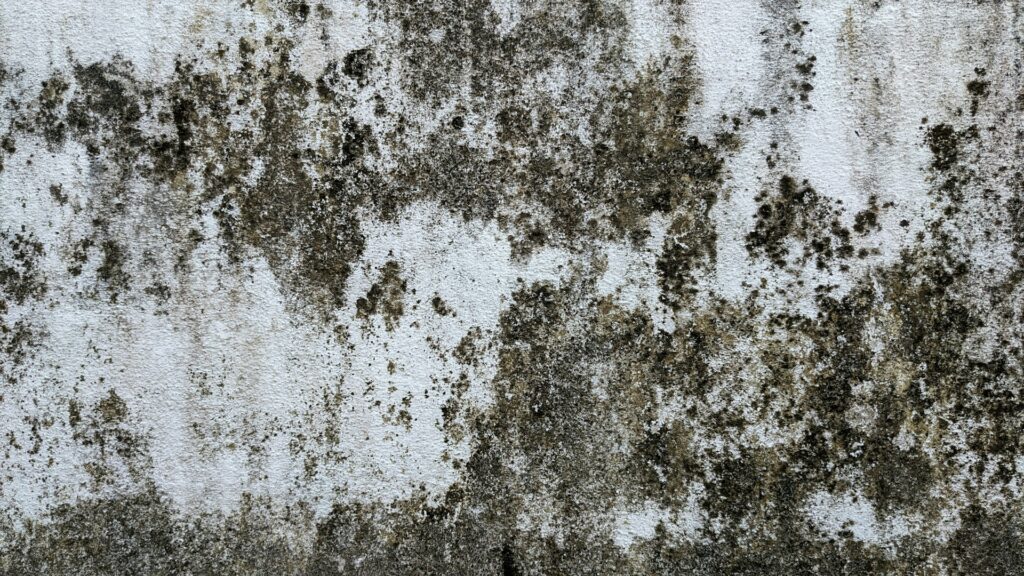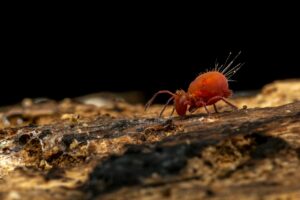How to Identify and Avoid Mold and Moisture Issues

How to Identify and Avoid Mold and Moisture Issues
Overview: The Unseen Danger in Your House
Among the most disregarded hazards in a house are mold and excessive moisture, but if left unchecked, they can result in costly structural damage and major health problems. Even while a musty odor or a wet spot might not seem like much, they could be the start of a much bigger issue that gradually erodes the foundation of your house and your health.
This essay will discuss how to spot moisture problems early, how to see mold, and—above all—how to stop them before they get out of hand.
Why Mold Adores Wet Conditions
Spores of mold are everywhere. Until they discover the ideal breeding ground—warm, humid, and poorly ventilated spaces—they are minuscule and float through the air, largely unharmful. Mold spreads quickly on walls, ceilings, carpets, insulation, and even HVAC systems once it starts to develop.
Due to their inherent ability to handle higher levels of moisture, bathrooms, basements, kitchens, and laundry rooms are frequently hotspots. More humidity than your house can withstand might be brought in by leaky roofs, fractured walls, malfunctioning plumbing, or even commonplace practices like drying clothing indoors.
Early Warning Signs of a Problem
Moisture doesn’t always appear as a puddle, and mold isn’t always obvious. You must therefore closely monitor any minor indications that something is amiss. Frequently, the first hint is a musty smell that persists. It’s that stale, earthy smell that seems to be unabated by scrubbing.
Additional indicators of moisture accumulation include discoloration on walls or ceilings, warped hardwood flooring, and peeling paint. Another warning sign is if your windows are foggy all the time or if the air seems moist. Hidden mold may be a factor if you observe family members having greater allergies, sneezing, coughing, or asthma-like symptoms indoors.
Where to Look for Moisture and Mold
Early problem detection is greatly aided by routine inspections. Commence by addressing the regions that are susceptible to moisture:
- walls and ceilings in bathrooms, particularly those surrounding tubs and showers.
- pipes that could leak around toilets and under sinks.
- foundations and corners of the basement, especially after a lot of rain.
- behind appliances such as refrigerators, dishwashers, and washing machines.
- Poor ventilation in attics can result in moisture accumulation from roof leaks.
- Doors and windowsills are common places for condensation to gather.
Testing trouble spots with a moisture meter is beneficial. These instruments may identify concealed moisture beneath flooring or behind walls, which are areas where mold prefers to grow unchecked.
Typical Reasons for Indoor Wetness
Not every source of moisture is a leak. Sometimes a home’s layout or purpose encourages moisture to build up. Here are some typical offenders:
- inadequate ventilation, particularly in dwellings with tight seals or humid regions.
- roof leaks or broken shingles.
- Water is entering the foundation from clogged gutters.
- windows that aren’t sealed or wall fractures.
- appliance condensation, such as from dryers without adequate vents.
- giving indoor plants too much water, which raises the humidity level.
- By identifying these reasons, you may address the underlying source of the problem rather than merely its symptoms.
How to Avoid Moisture Issues & Mold
Removal is usually more difficult and expensive than prevention. Reducing interior humidity and eliminating water intrusion sources are crucial. Here’s how to accomplish that successfully:
- Open windows or use exhaust fans to ventilate high-moisture spaces.
- In damp spaces, particularly basements, use a dehumidifier.
- Repair leaks as soon as possible, whether they are caused by roof damage or a dripping tap.
- Apply weatherproofing products to the doorframes, walls, and windows.
- Maintain clean gutters and divert water away from the foundation of your house.
- Carpets retain moisture, so stay away from them in areas with high humidity.
- Don’t shove furniture against walls or obstruct vents; instead, let air circulate.
- Because mold can grow in ducts, HVAC systems should be inspected and serviced on a regular basis.
- Maintaining a dry and safe space requires regular inspections, quick fixes, and enough ventilation.
How to Proceed If Mold Is Found
Don’t freak out if you find mold, but don’t ignore it either. Soap, water, and a mold-killing solution, such as vinegar or diluted bleach, can be used to clean small areas of mold on walls or tiles. When cleaning, be sure to wear a mask, gloves, and ventilation.
It’s time to hire experts if the mold spreads over a sizable region (more than 10 square feet) or if it reappears after cleaning. After determining whether mold has moved into insulation, air ducts, or walls, they will safely remove the underlying source.
Avoid caulking or painting over mold. This merely holds it in place and lets it develop underneath.
Health Effects You Shouldn’t Ignore: Exposure to mold can cause a number of health problems. Particularly at risk are those who suffer from asthma, allergies, or compromised immune systems. Coughing, sneezing, skin rashes, headaches, exhaustion, or watery eyes are some of the symptoms. Toxic black mold can lead to more severe neurological or respiratory issues in extreme situations.
Mold may be the covert cause if several family members start exhibiting unexplained ailments, particularly if those symptoms get better when you’re at home.
Dryness Is the First Step Toward a Healthy Home
Being alert is more important than being immaculate when it comes to keeping your home mold-free. Moisture is cunning. It conceals itself in the air, beneath carpets, and behind walls. However, the discomfort and cost associated with mold infestations can be avoided with awareness, routine inspections, and a few easy practices.




